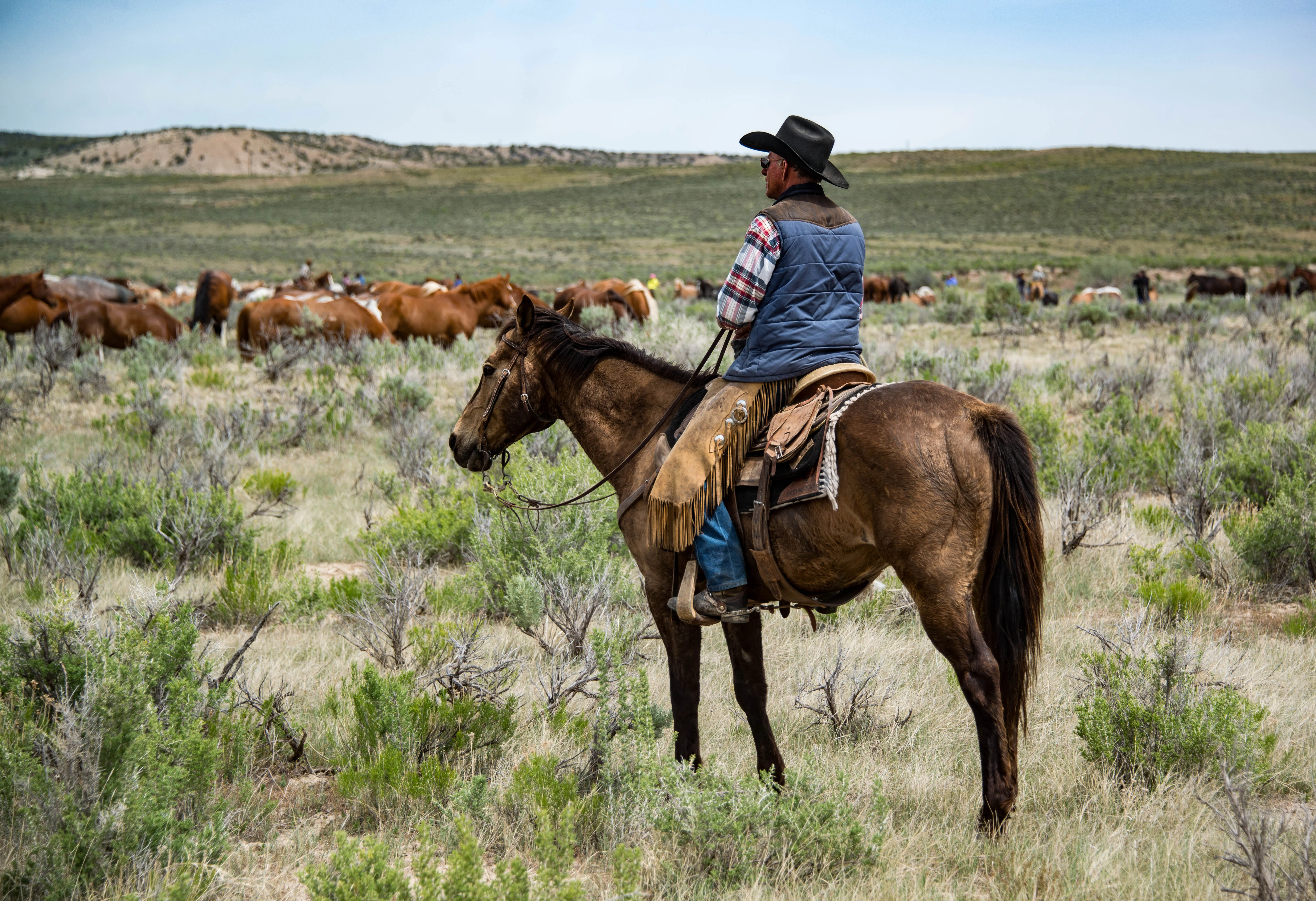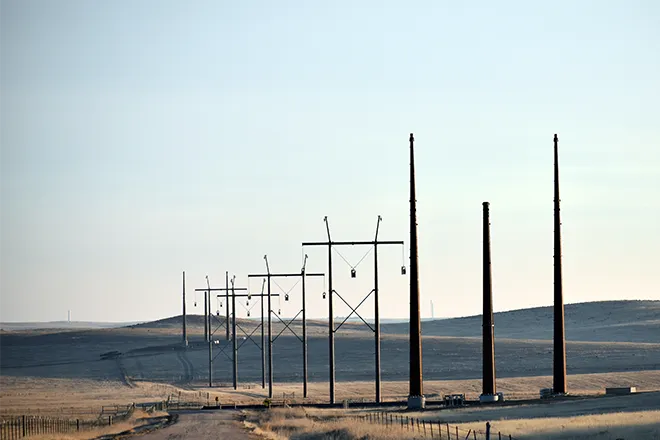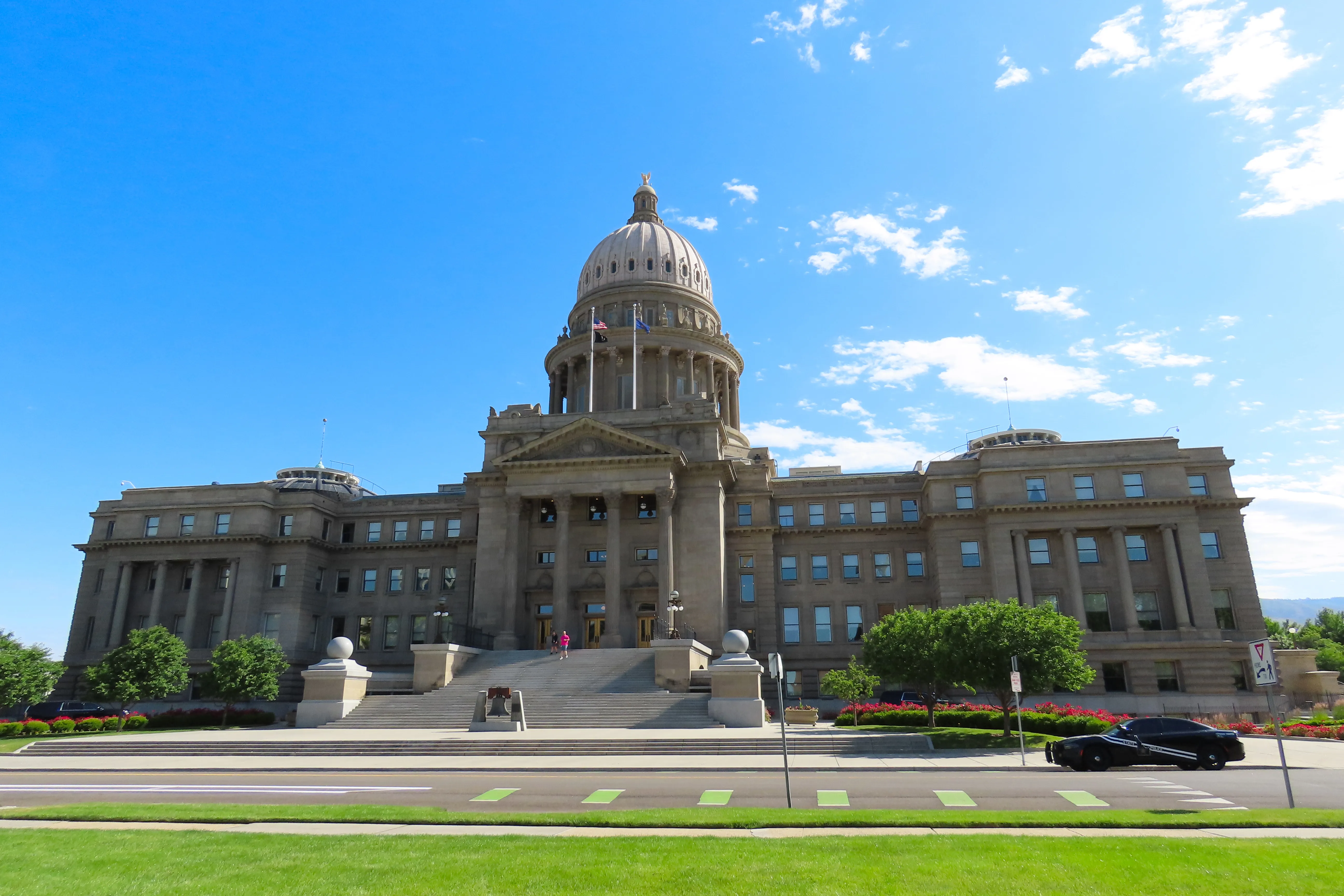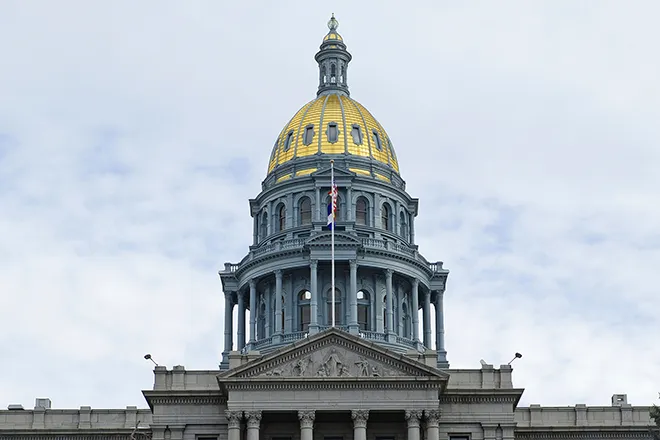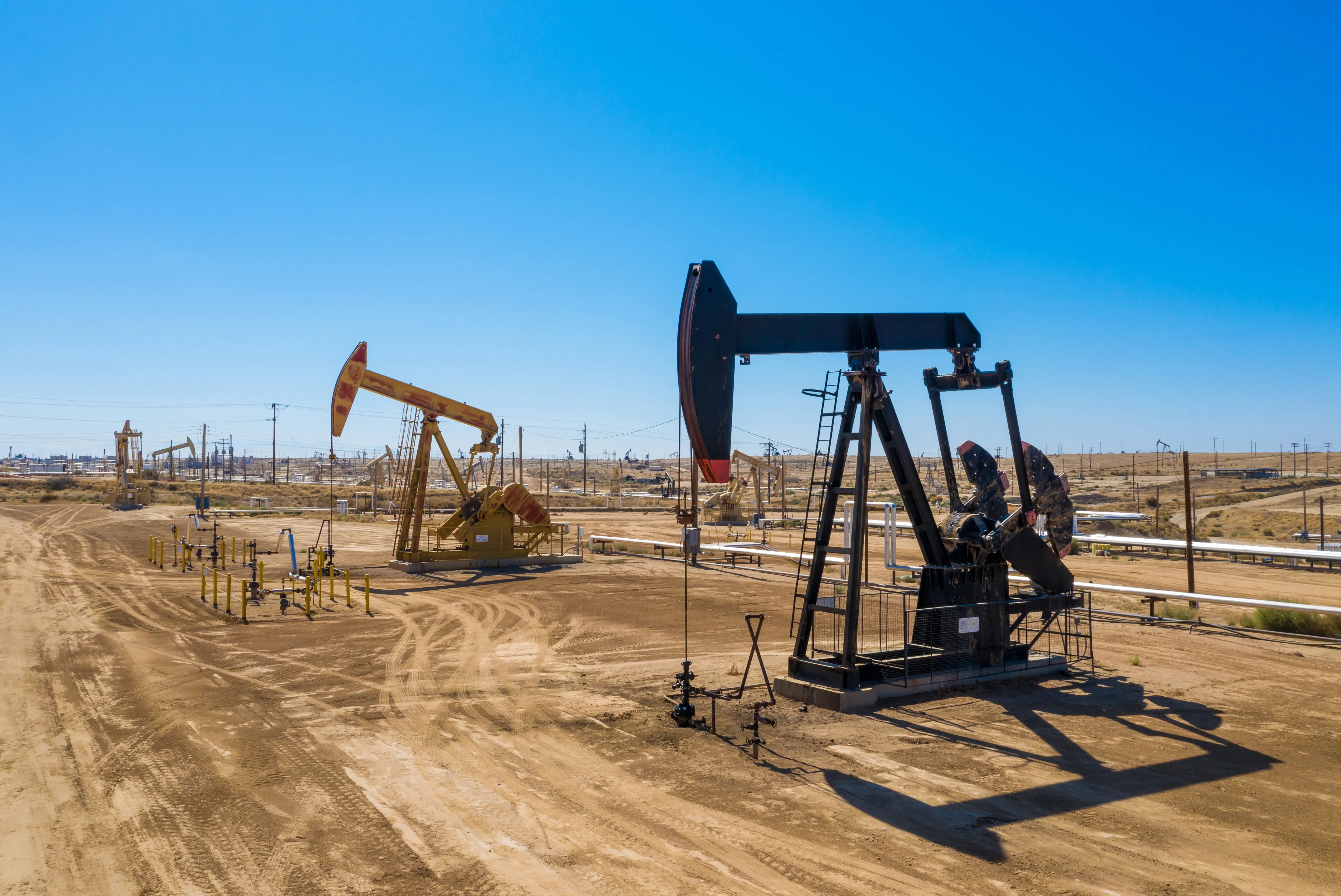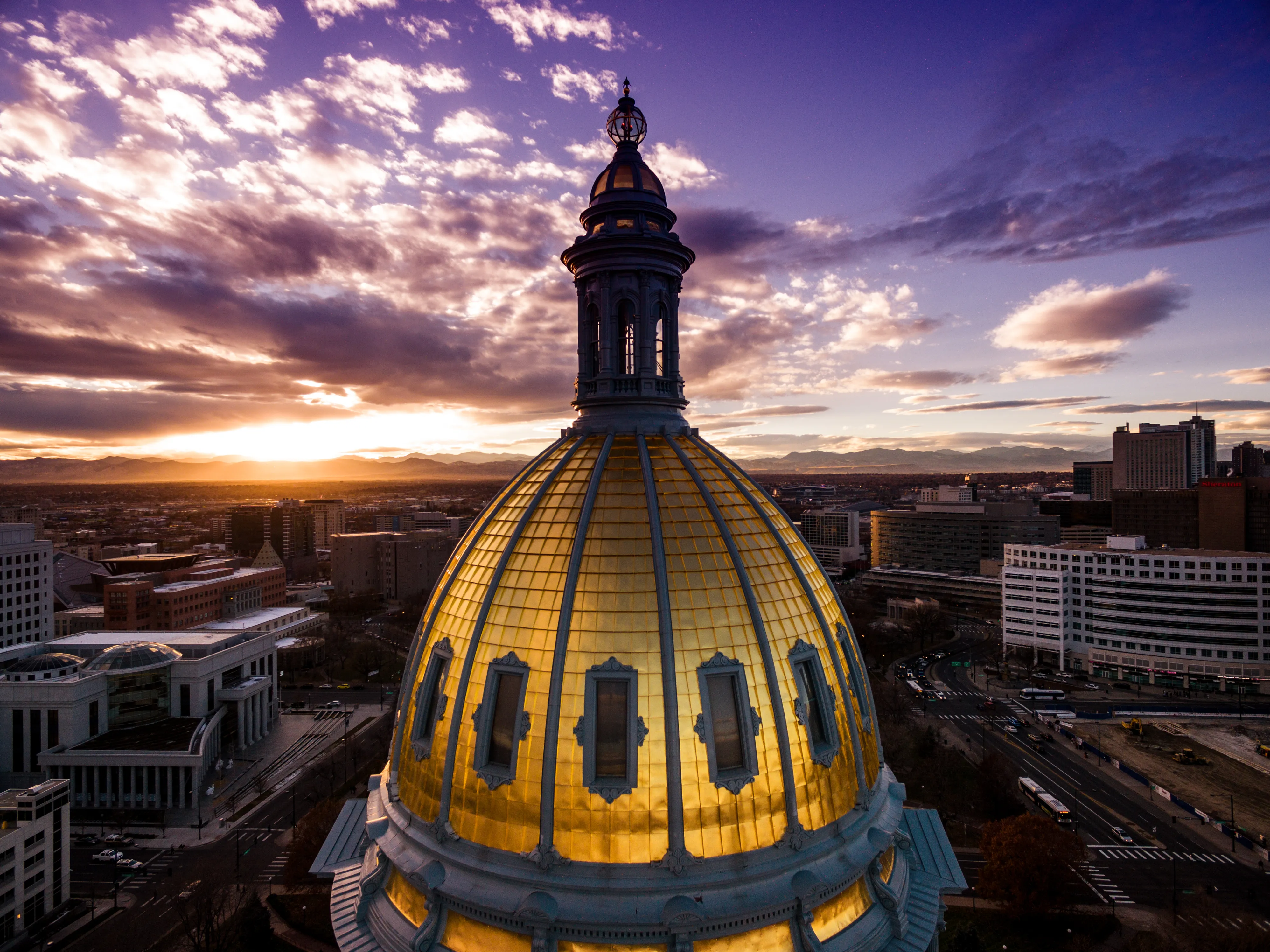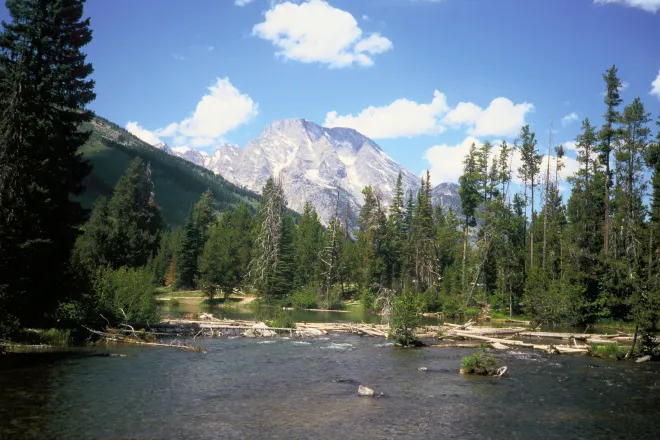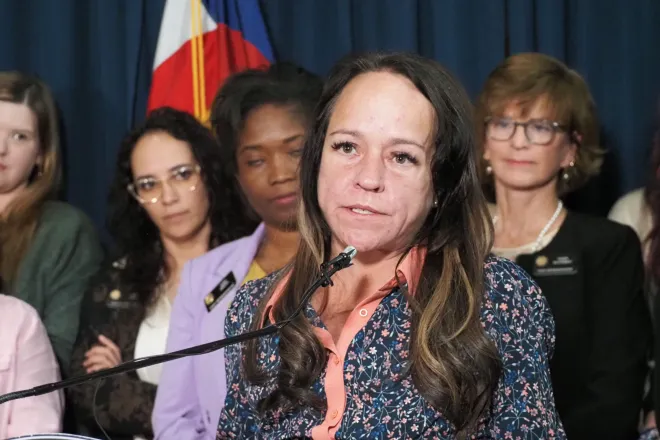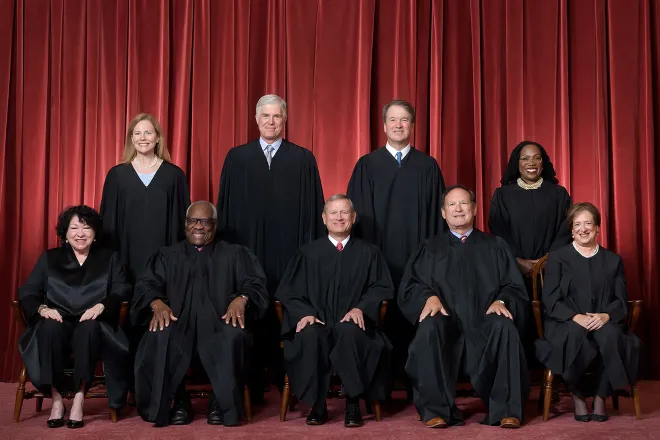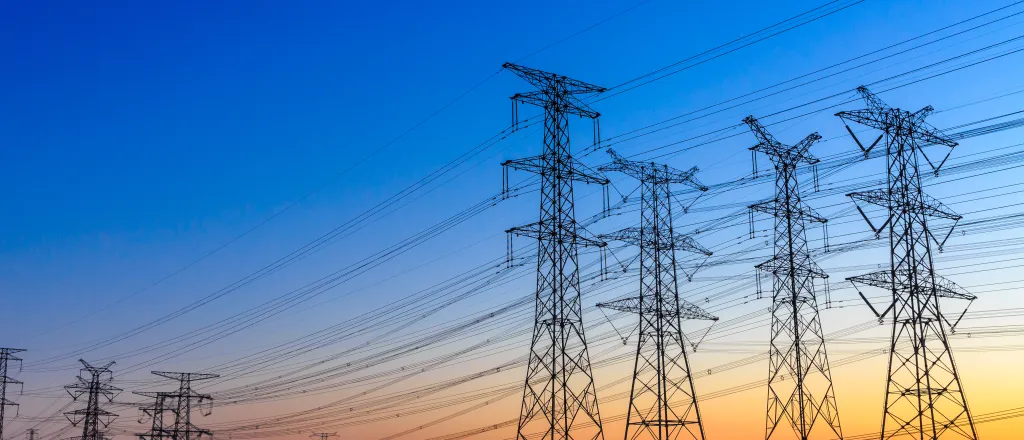
Oklahomans push back on transmission projects even as the state’s energy needs continue to grow
© zhaojiankang - iStock-802436842
Across the country and around the world, demand for electricity is growing faster than ever. In Oklahoma, energy companies and the regional grid are racing to build infrastructure that can meet the state’s growing electricity needs.
But some Oklahomans aren’t happy about plans to festoon rural areas with towering transmission lines. One project in particular, the 375-mile-long Cimarron Link, has drawn concern and even protest.
The transmission line would carry energy generated by the Panhandle’s ever-blowing wind to a substation in Jenks. Invenergy, the company behind the project, is working to ink easement agreements with landowners spanning the distance between the two, which would allow the line to be built.

© iStock
One of those landowners is Darren Blanchard, who lives on eight acres in rural Creek County, about 20 miles south of Tulsa.
“If this Cimarron Link project comes through, that puts my hopes and dreams for this place in dire jeopardy,” Blanchard said.
Blanchard has plans to convert the land into a Certified Naturally Grown produce farm. He wants to grow fruits, vegetables and herbs to eventually partner with community organizations in distributing crops.
It all hinges on his plans for a greenhouse.
There’s a specific spot on his land — an old pond — that Blanchard thinks would be perfect. It would allow him to use geothermal heating, saving money on energy costs and allowing him to apply for federal grants. He took a greenhouse management course a while back and marked the exact coordinates for his structure.
“Fast forward five years later, here comes this company wanting to put a transmission line over it,” Blanchard said. “According to setback requirements, I can’t have that structure there. Even if I were to go ahead and put it in place, they would come and bulldoze it.”
On top of scrapping his farm plans, Blanchard said the transmission line would hurt Oklahoma’s economy. Expert opinions are mixed, but some studies show having a transmission line on or near your property could diminish its value. Blanchard worries about how much money communities would lose in property taxes along the 375-mile stretch.
“They need to be proposing an interim study to find out how much negative impact this is going to have on land value, and find up how much money our school districts are going to lose,” Blanchard said. “We need to have our lawmakers proposing that right now.”
What is the Cimarron Link?
In 2023, Oklahoma ranked third in the nation in wind electricity generation, according to the U.S. Energy Information Administration. Thousands of commercial wind turbines churn in the state, and Erika Huffman, Invenergy’s public affairs director, said Cimarron Link is to channel that resource.
“We have access to one of the lowest-cost and most steady-producing energy resources anywhere in the country, and that is the wind in the Panhandle,” Huffman said. “That wind is always blowing. But in order to harness that resource, just like any form of electricity, it does require supporting infrastructure.”
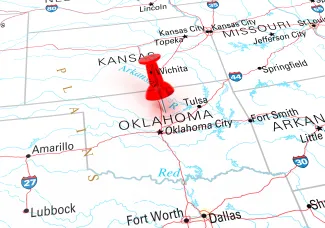
Oklahoma’s electric grid is part of the Southwest Power Pool, which connects energy producers and consumers in more than a dozen states stretching from Texas to North Dakota. The power from the Cimarron Link would be part of that grid, and Huffman said it would benefit Oklahomans and bolster electricity reliability.
“The Southwest Power Pool is like a swimming pool, and there are all of these hoses that are feeding into it, meaning different generation resources, and then local utilities and other local users of that energy are going to be using buckets to get it out of that pool,” Huffman said.
Cimarron Link is an Invenergy undertaking that has been awarded about $306 million in federal funds through the U.S. Department of Energy’s Transmission Facilitation Program. Huffman said the line is expected to create about 3,600 construction jobs and 20 permanent positions.
Huffman said no language in easement agreements would prevent landowners from leasing mineral rights. She also said people can farm and graze animals near the corridor, but there are restrictions on building structures or housing equipment.
The company has about 1,000 individual tracts its looking at, with 600 already signed with 400 in negotiations. At least a few of those negotiations haven’t gone amicably — Cimarron Link sued several landowners in November that refused to allow the company’s surveyors on their land. Those lawsuits were dropped earlier this month but could be reopened.
The Cimarron Link line is one of multiple projects in the state and across the country. Some have been in the works for years to improve, rebuild or establish transmission lines.
Oklahoma’s power needs expected to grow
Increased demand means the Southwest Power Pool will need to find more electricity generators and build more infrastructure to move it.
That requires long-term planning.
“It takes years to build gas plants,” said Casey Cathey, the power pool’s vice president of engineering. “It takes years to build and stand up wind turbines. It takes years to build transmission.”
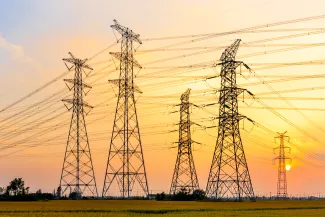
© iStock - zhaojiankang
Cathey said that to meet future needs, the power pool needs to anticipate what people will be doing in the future.
“We have to predict human behavior — not just tomorrow, but we have to do it 5, 10, 20 years in the future,” Cathey said. “Is Tulsa going to have an inrush of population? Is Oklahoma City going to have more commercial operations? Are there going to be data centers?”
The answer to that last one seems to be yes.
A few weeks before he took office, President Donald Trump announced an investor from the United Arab Emirates had promised $20 billion to build data centers across the country, including some in Oklahoma. That’s on top of other plannedor anticipated data centers near Tulsa.
The general public’s energy needs are also projected to grow. Overall, demand is expected to grow five times as fast over the next decade as compared to the previous one. Cathey said the SPP is seeing unprecedented growth across the board.
“We’re seeing electrification in the oil and gas industry,” he said. “We’re seeing EV adoption. We’re seeing heat pump loads. We’re seeing typical electrification increases in the residential and commercial sectors as well. And so it’s not just AI-driven data centers, we’re seeing every single type.”
Oklahoma lawmakers take aim at ‘green energy’
While energy companies and the Southwest Power Pool look at increasing infrastructure for more affordable energy, there’s growing opposition among some Oklahomans to what they see as a green energy agenda.
In early January ( the same morning Trump announced those data centers coming to Oklahoma), a crowd gathered to rally against transmission lines and green projects in the state capitol rotunda.
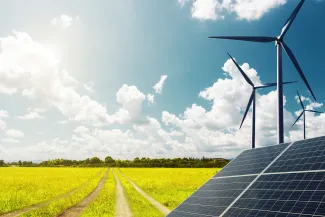
They listened to a long list of speakers, including Attorney General Gentner Drummond and State Superintendent Ryan Walters.
Portions of Rep. Molly Jenkins’, R-Coyle, district is in Cimarron Link’s path. She said Gov. Kevin Stitt’s recent agreements with Denmark’s ambassador and a renewable energy company worry her about the state’s energy future.
“We all know these green scam policies are not economically viable, or even energy-efficient for that matter,” Jenkins told the crowd. “They’re an opportunity for rich people in other states — and yes, even other countries — to get richer, rape our land, steal our resources and leave us with a mess we cannot clean up.”
Jenkins has filed a resolution to constitutionally prohibit the use of eminent domain for wind farms (which is already prohibited by statute) or transmission projects. She asked her constituents to contact her whenever they are threatened with eminent domain.
Sen. Todd Gollihare, R-Kellyville, and Sen. Grant Green, R-Wellston, introduced legislationrequiring transmission projects to get approval from the Oklahoma Corporation Commission to use eminent domain. It would also prevent the use of eminent domain for wind turbines, solar farms, battery storage plants and hydrogen gas facilities.
Rep. Brad Boles, R-Marlow, is the chair of the House Energy and Natural Resources Oversight Committee. He said addressing state-vs-federal eminent domain disputes is a priority.
“Are there laws and protections that we need to look at putting in place in Oklahoma to better protect our landowners from the federal government coming and taking land without us having any say?” Boles said.
Public opposition squashed federal transmission corridor
Outside the walls of the Capitol, Oklahomans have also been voicing their displeasure with transmission lines and what they consider green energy projects.
Around 1,000 people gathered at the Creek County fairgrounds in November to protest a federal transmission planning project. It was just one in a series of town halls Oklahomans held to protest the U.S. Department of Energy’s National Interest Electric Transmission Corridor (NIETC) program.
The program aims to incentivize the development of transmission lines across areas projected to need more power over the next decade. One of their proposed corridors would have stretched from the Oklahoma Panhandle to Little Rock, Arkansas, covering much of the same ground as the Cimarron Link.
After pushback from the public, lawmakers took up the helm. Boles was one of several lawmakers to sign a joint resolution against the NIETC program designating a corridor in Oklahoma.
“Everyone in Oklahoma should be concerned by this federal land grab attempt,” Boles said in a statement at the time. “We[…] look forward to working with a DOE under President-Elect Trump, who will better understand and respect private property rights while pushing American energy independence.”
At the Creek County anti-NIETC meeting, lawmakers announced the DOE was no longer considering the transmission corridor through Oklahoma.
But opposition to transmission infrastructure doesn’t do anything to address growing electricity demand.
“We all need power,” Boles said. “And we know the demand for power generation is increasing significantly more than ever before over the next five to 10 years.”
Boles said he’s not too worried because Oklahoma has plenty of energy-producing resources, from natural gas to wind to sunlight. It’s just a matter of getting it where it needs to go without stepping on too many toes.
“I think there is a place for transmission that’s important, but I think there’s a balance in getting that done and also protecting property rights of owners.”
Oklahoma Voice is part of States Newsroom, a nonprofit news network supported by grants and a coalition of donors as a 501c(3) public charity. Oklahoma Voice maintains editorial independence. Contact Editor Janelle Stecklein for questions: info@oklahomavoice.com.

